11 Ways to Tell Your Houseplant Soil Is Compacted and Quick Fixes
Houseplants like orchids, snake plants, and ivy are easy to care for, but they still need the right conditions to grow. One issue that can arise is compacted soil, which can affect your plant’s ability to thrive. If your plants are showing signs of stress, compacted soil may be the cause. This happens when the soil becomes too dense, making it difficult for water and air to reach the roots. If you are noticing that your plants are not growing as they should, compacted soil could be the reason.
This post may contain affiliate links, which helps keep this content free. Please read our disclosure for more info.
Slow or Stunted Growth
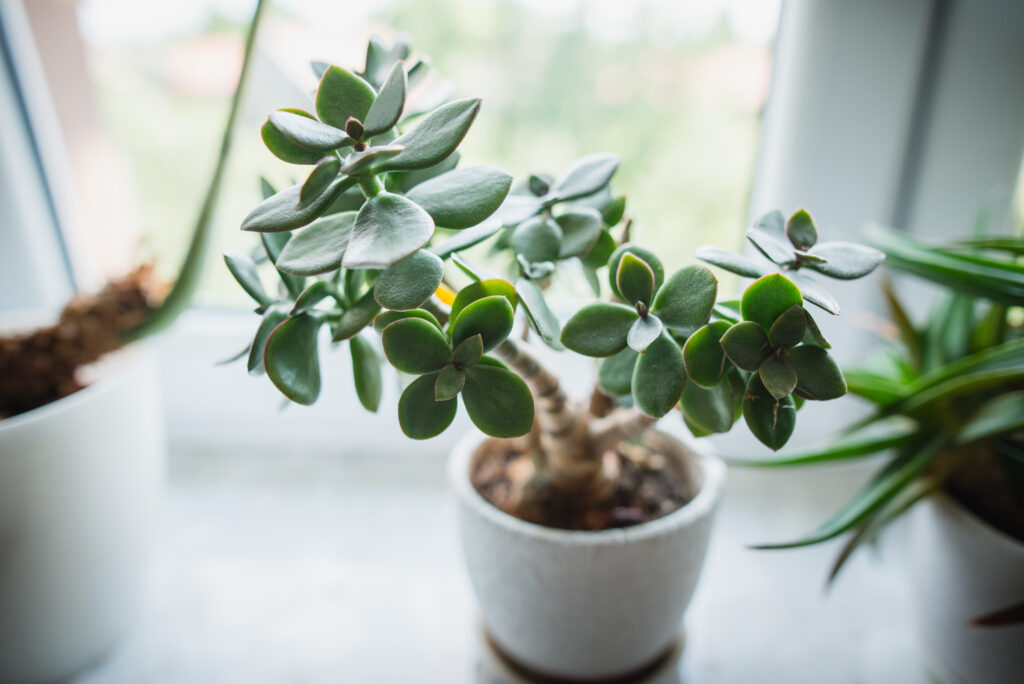
If your plant is growing slower than usual, or its growth seems stunted, this could be due to compacted soil. When the soil is compacted, it prevents roots from spreading and accessing water and nutrients. The fix for this is simple—re-pot the plant in fresh, well-draining soil. Loosen the compacted soil around the roots to allow for better airflow and root development.
Repotting with new soil will provide your plant with the necessary nutrients and room to grow. Make sure the new soil is light and airy to prevent future compaction. It will also encourage healthy root development and promote faster growth. Regularly check the soil condition and refresh it when necessary.
Yellowing or Wilting Leaves
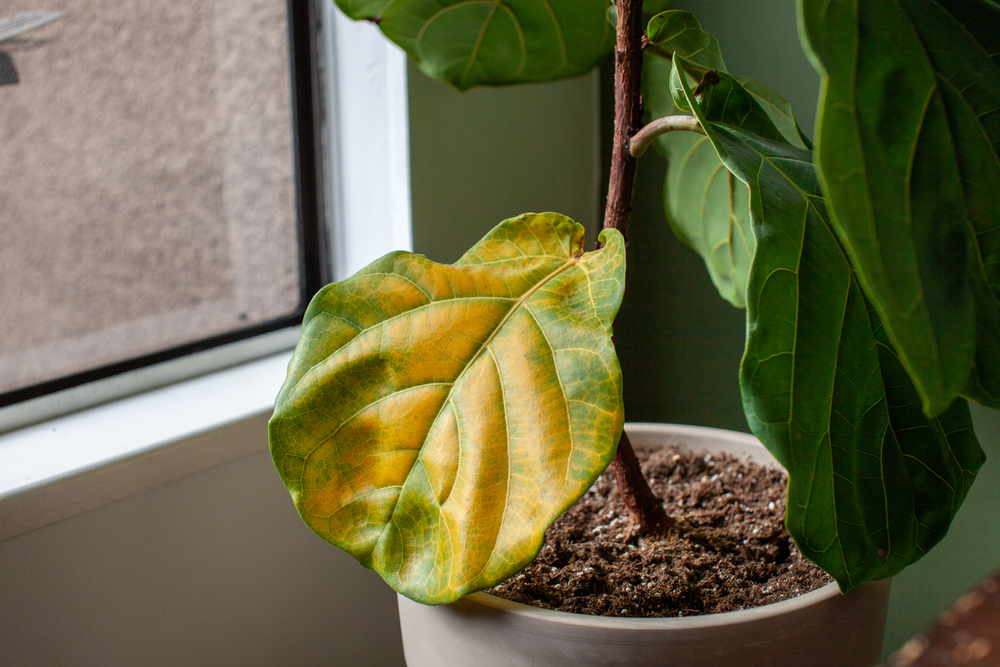
Yellowing or wilting leaves are common signs that the plant is not getting enough water. Compacted soil prevents water from properly reaching the roots, leading to dehydration. To fix this issue, gently loosen the compacted soil by hand or use a fork to aerate the soil. Afterward, water your plant thoroughly to ensure proper absorption.
If you notice wilting after watering, it could be a sign of poor drainage caused by compacted soil. Adding organic matter, like perlite or coarse sand, can help improve drainage and prevent this issue. This fix will allow water to penetrate the soil more effectively and keep the plant hydrated. Keep monitoring your plant and adjust watering habits accordingly.
Soil Drains Too Slowly
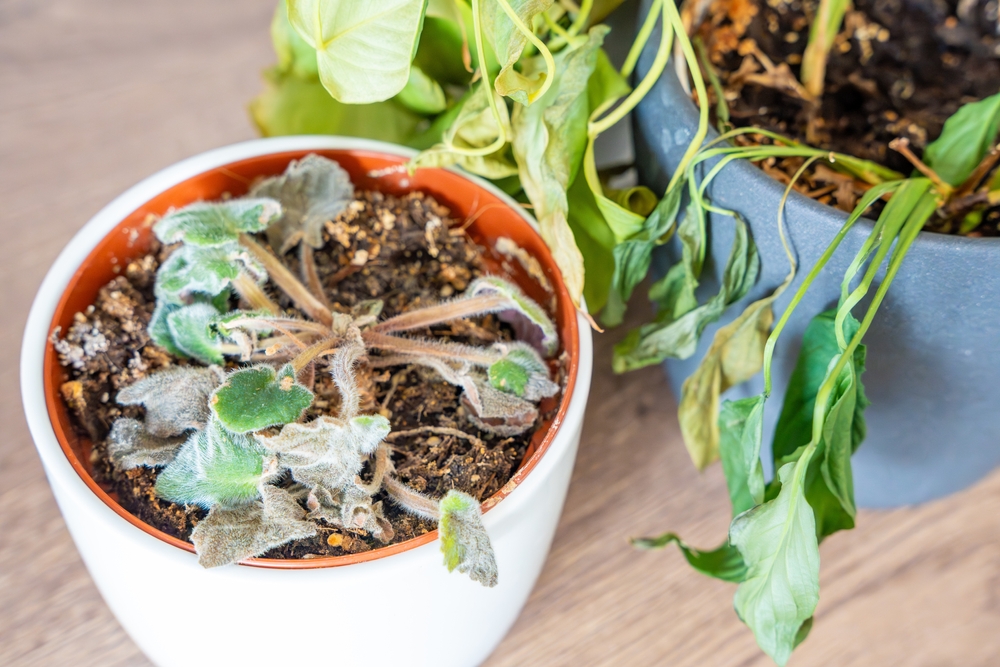
If water sits on the surface of the soil and takes too long to drain, it is a clear sign that your soil is compacted. Compacted soil does not allow water to pass through easily, causing it to pool at the surface. To fix this, you can re-pot your plant with a well-draining mix that includes materials like perlite or vermiculite. This will improve water flow and prevent root rot.
Another option is to add sand or coconut coir to the soil to improve its texture and drainage. The goal is to create a loose, breathable mix that allows water to flow through easily. You can also use a chopstick to gently loosen the soil around the roots to promote better drainage. This solution will help your plant stay hydrated without the risk of overwatering.
Soil Cracks or Hardens
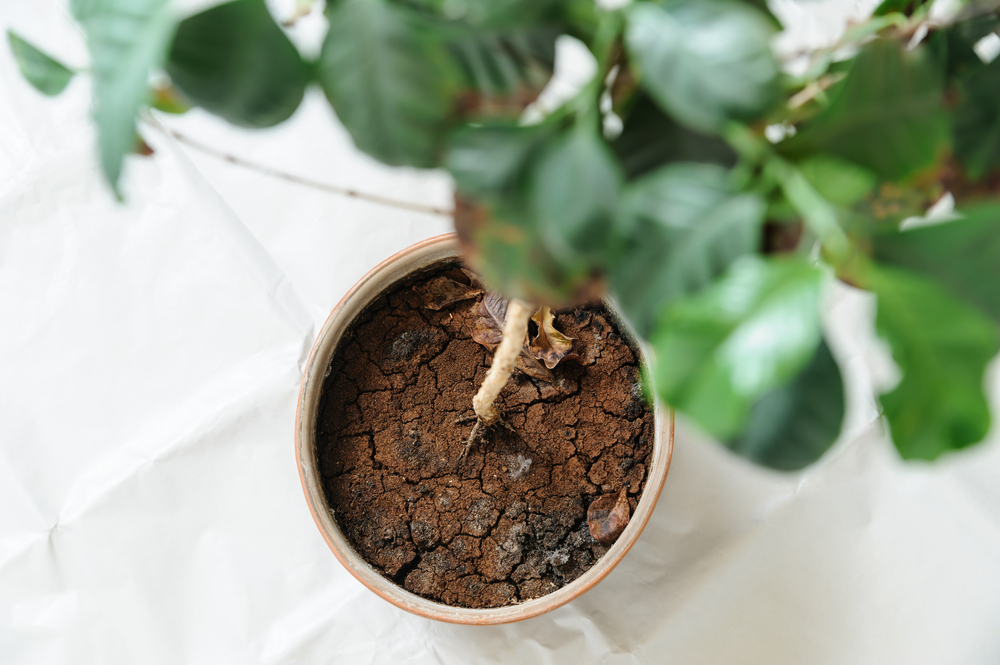
Cracking or hardening soil is a sign that it has compacted over time. This often happens when the soil dries out too much, leading to a solid surface layer. To fix this, water the plant more evenly, ensuring the water reaches the deeper parts of the soil. You can also gently loosen the top layer of soil using a fork or small tool to break up the hard surface.
When repotting, make sure to choose a soil mix that retains moisture without becoming dense and compact. Adding organic matter like peat moss can help keep the soil moist and flexible. Regularly check the moisture levels to avoid this issue in the future. Proper watering techniques will ensure the soil remains loose and the plant stays healthy.
Difficulty When Watering
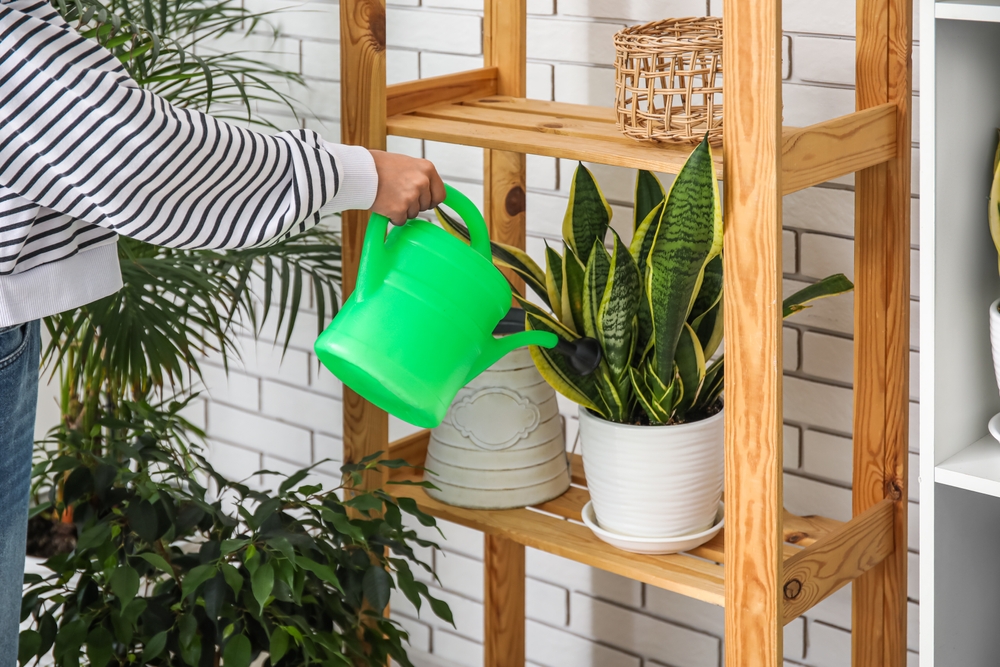
If you find that the water just sits on top of the soil without being absorbed, this could indicate that the soil is compacted. Compacted soil can form a hard surface that prevents water from penetrating deeply. To fix this, gently loosen the soil with a fork or small gardening tool to allow water to pass through. You can also re-pot the plant in fresh soil if the compaction is severe.
In the future, try watering slowly and in smaller amounts to allow the water to soak in properly. This will help the soil absorb the moisture more effectively and prevent water runoff. Make sure the pot has drainage holes to avoid waterlogging. This fix will allow the plant to get the proper amount of water it needs.
Roots Growing Out of Drainage Holes
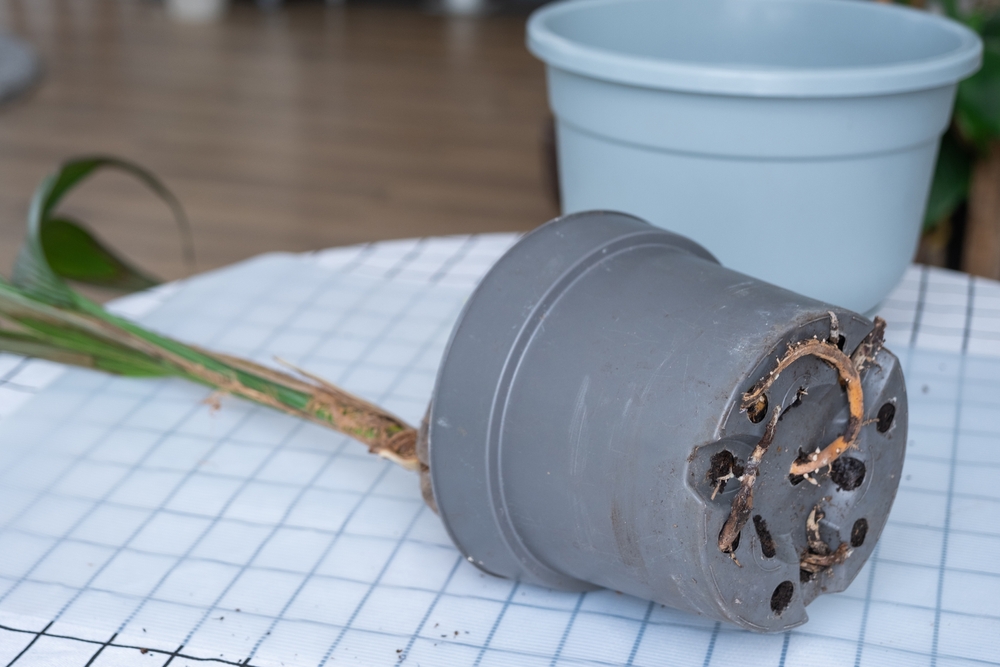
If you notice roots growing out of the drainage holes, this is a sign that the soil has become compacted and the roots are unable to spread. Compacted soil limits root expansion, causing the plant to reach for more space. To fix this, gently remove the plant from the pot and inspect the roots. Trim any damaged or overcrowded roots and re-pot the plant in a larger pot with fresh, well-draining soil.
A larger pot with better soil will allow the roots to spread freely and provide more nutrients. Make sure to choose a pot with good drainage to prevent future soil compaction. Repotting gives the plant the opportunity to thrive in fresh soil and encourages healthy root development. Monitor the plant’s growth to ensure it remains healthy in its new environment.
Soil Feels Hard to the Touch
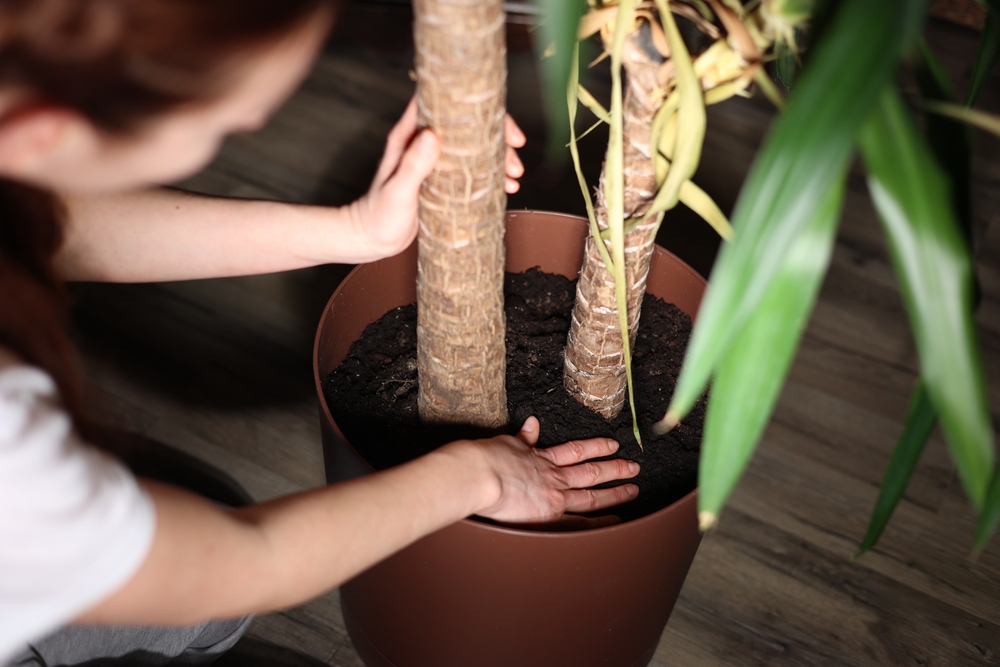
If the soil feels hard to the touch, it is likely compacted and unable to retain moisture properly. This can lead to the plant becoming stressed and unable to absorb the necessary nutrients. To fix this, gently loosen the soil with your fingers or a small gardening tool. You can also add perlite or bark to the soil to improve its structure and prevent it from compacting further.
Once you have loosened the soil, water the plant thoroughly to allow the soil to absorb moisture properly. Regularly check the soil texture to ensure it remains soft and breathable. Adding organic matter can also help keep the soil loose and nutrient-rich. This will help your plant thrive and maintain a healthy growing environment.
Difficulty Removing the Plant from the Pot
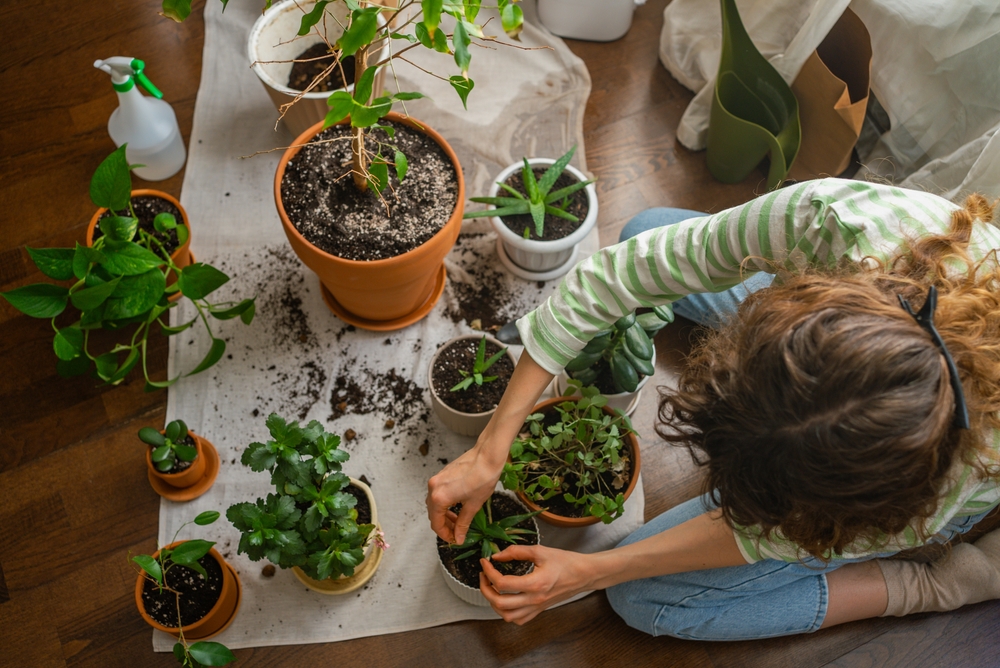
When it is difficult to remove the plant from the pot, the soil is likely compacted, making it hard for the roots to separate from the container. This happens because compacted soil clings to the roots, preventing them from growing freely. To fix this, gently loosen the soil with a tool like a knife or gardening fork and carefully remove the plant. If the roots are tightly bound, trim them before repotting in fresh soil.
Repotting into a new container with well-draining soil will give the roots space to grow and spread. Make sure the new pot is slightly larger than the previous one to provide enough room for growth. Avoid overwatering after repotting to prevent future compaction. This solution will help the plant settle into its new environment and support healthy growth.
Foul Smell From the Soil
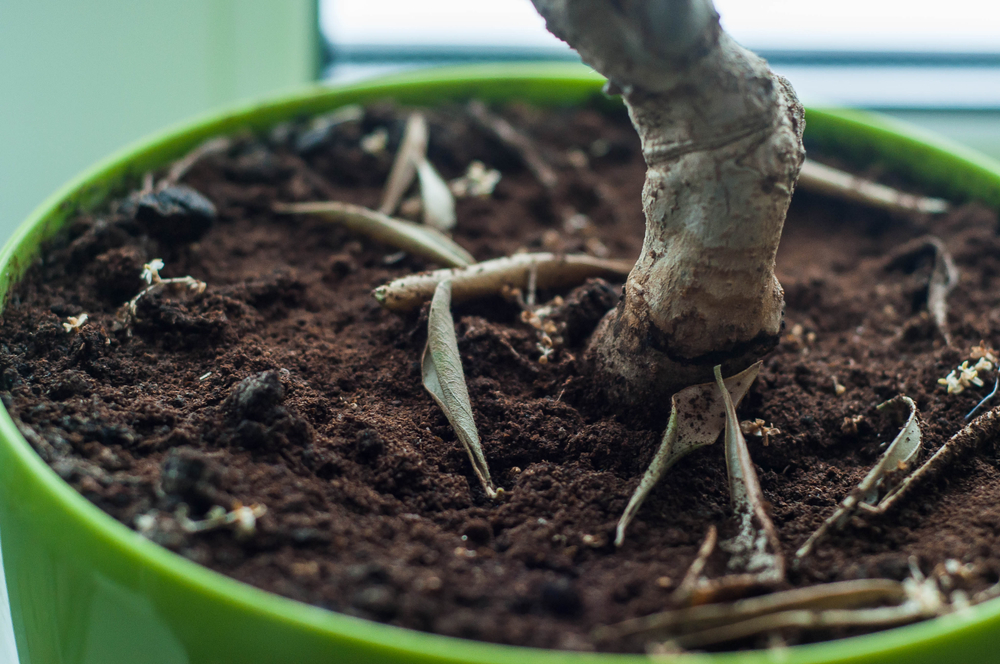
A foul smell from the soil is often a sign of root rot, which can be caused by overly compacted soil. When the soil becomes compacted, it traps moisture around the roots, leading to stagnation and rot. To fix this, gently remove the plant from the pot and check the roots for any signs of rot. Trim any damaged roots and re-pot the plant in fresh, well-draining soil to prevent further damage.
Make sure the new soil mix has good drainage and is not overly compacted. You can also add sand or perlite to improve the texture of the soil and encourage airflow. Regularly check the moisture levels and water the plant only when the top layer of soil is dry. This fix will help keep the roots healthy and prevent unpleasant odors from developing.
Plant Not Blooming or Flowering

If your plant is not blooming or flowering as expected, compacted soil may be the issue. Soil compaction restricts root growth, making it difficult for the plant to absorb the nutrients it needs for flowering. To fix this, carefully remove the plant from the pot and loosen the soil around the roots. Repot the plant with fresh soil that allows for better drainage and root expansion.
After repotting, make sure the plant is in an environment that supports its blooming needs, such as proper light and temperature. Regularly monitor the plant for signs of improvement, such as new growth or budding flowers. Adjust watering and feeding as needed to encourage healthy flowering. This fix will give the plant the support it needs to thrive and bloom.
Surface Soil Crusts Over
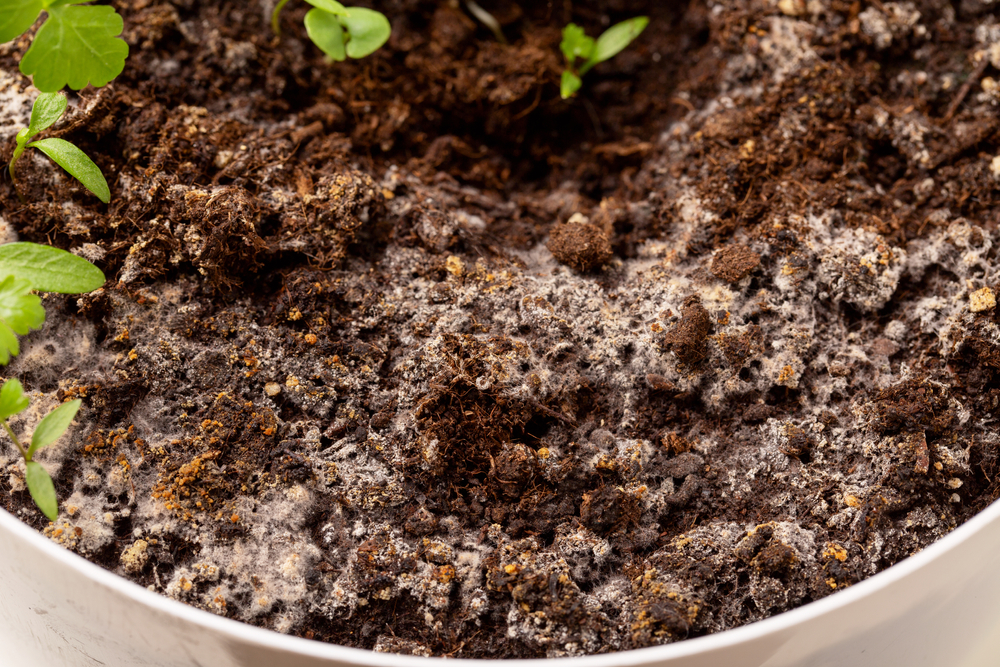
When the surface of the soil forms a hard crust, it can indicate compaction and poor airflow to the roots. This crust can prevent water from soaking into the soil, leaving the plant dehydrated. To fix this, break up the crust gently using a fork or stick, allowing the water to penetrate the soil. Re-potting the plant with a loose, well-draining mix can help avoid this issue in the future.
Using a mix that includes perlite, sand, or bark will improve the soil structure, preventing the crust from forming. Regularly check the surface of the soil to ensure it remains loose and aerated. You can also try placing a thin layer of mulch on top of the soil to help with moisture retention. This fix will help your plant stay hydrated and thrive in its new environment.
This article originally appeared on Avocadu.
